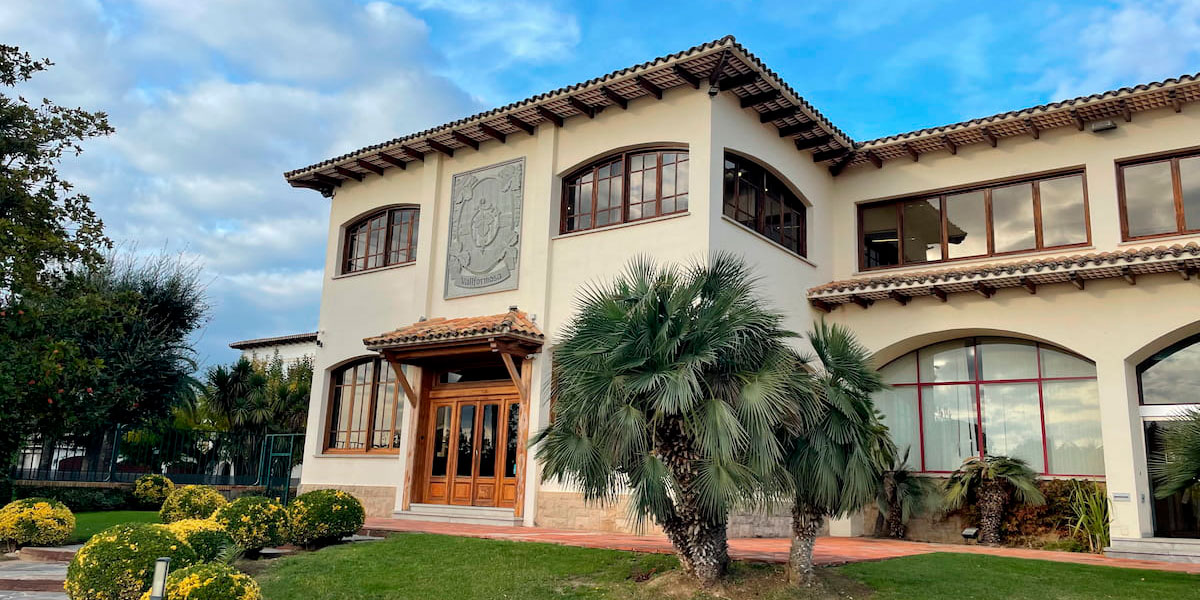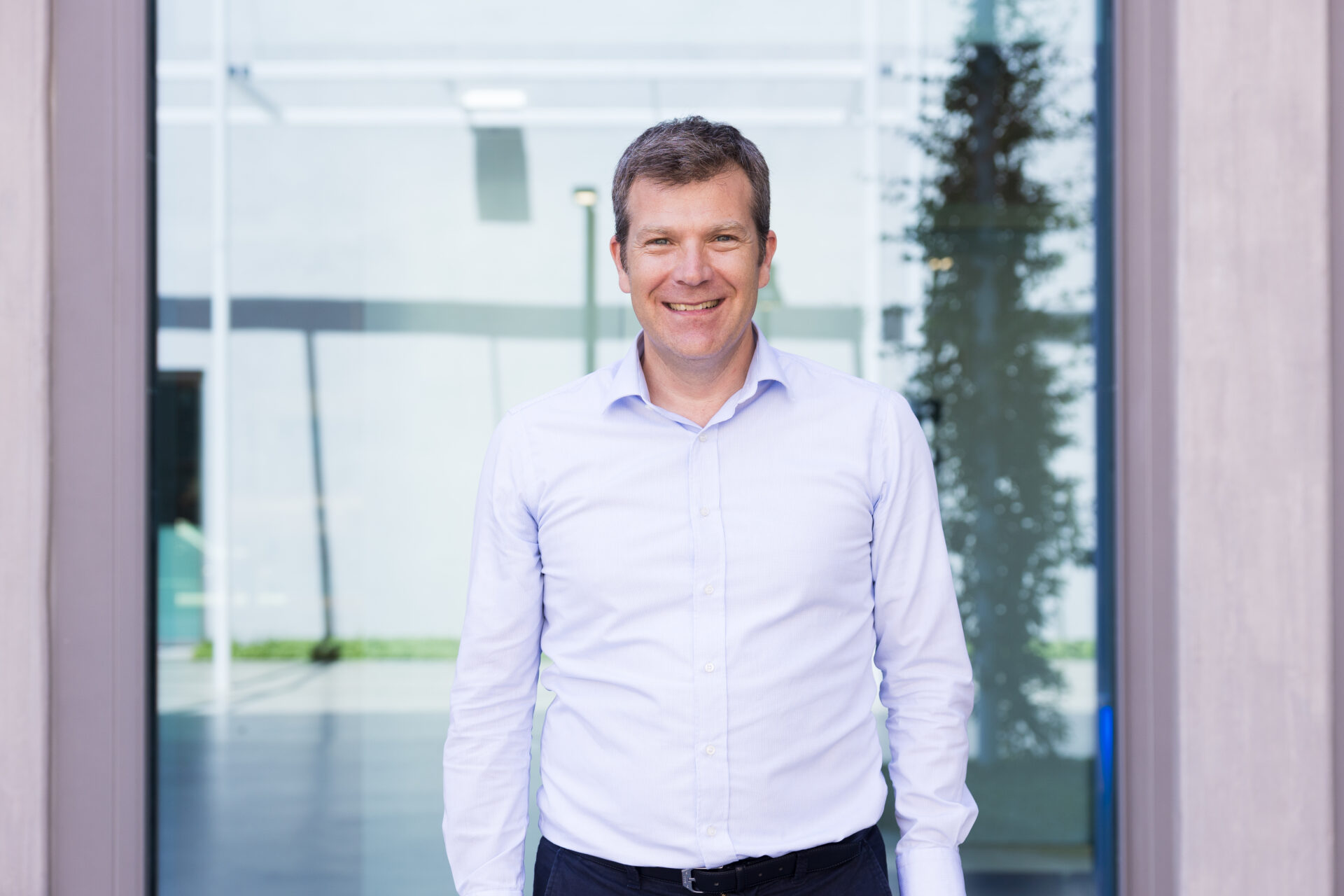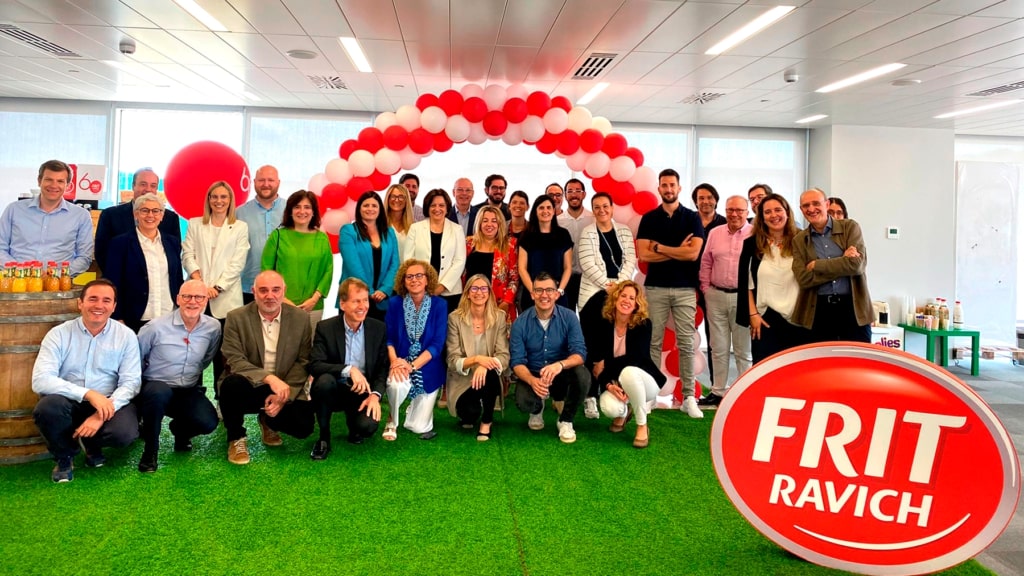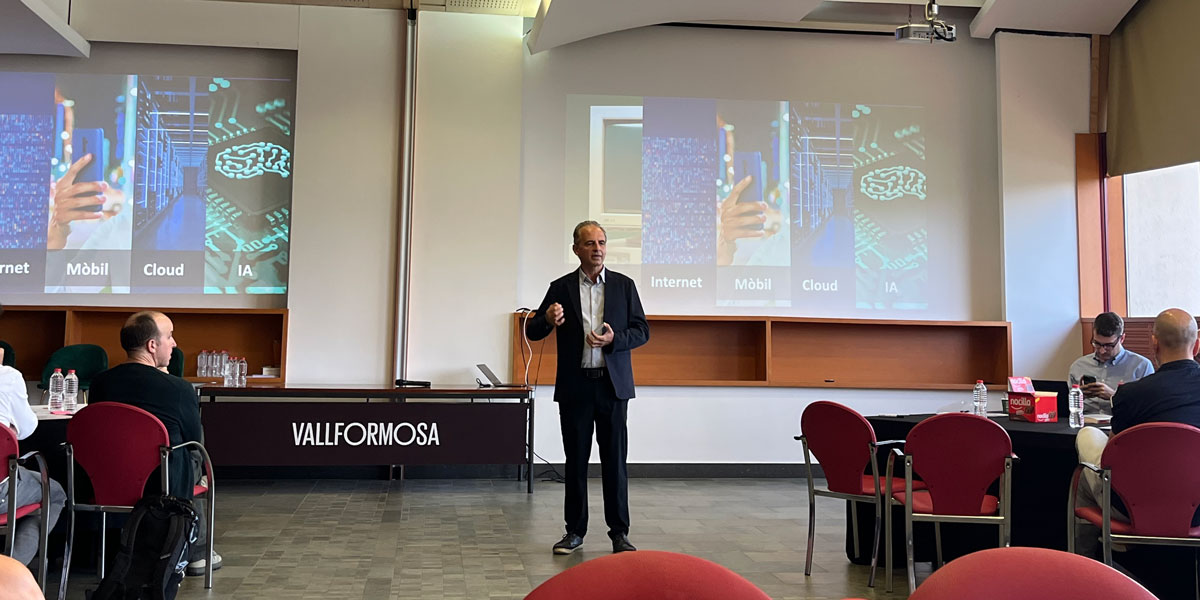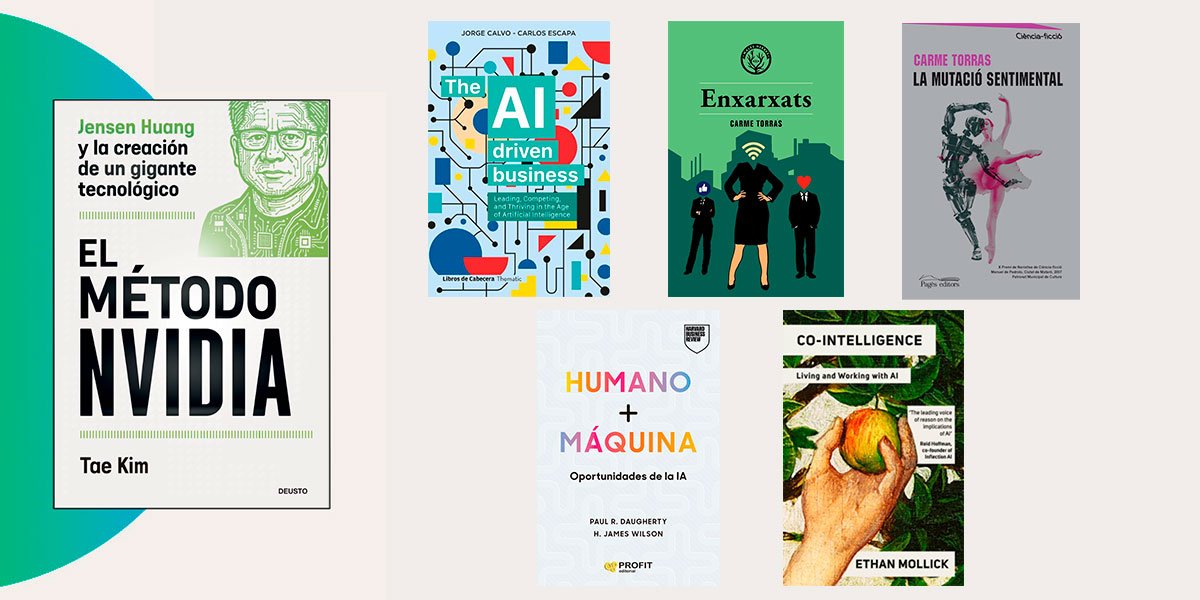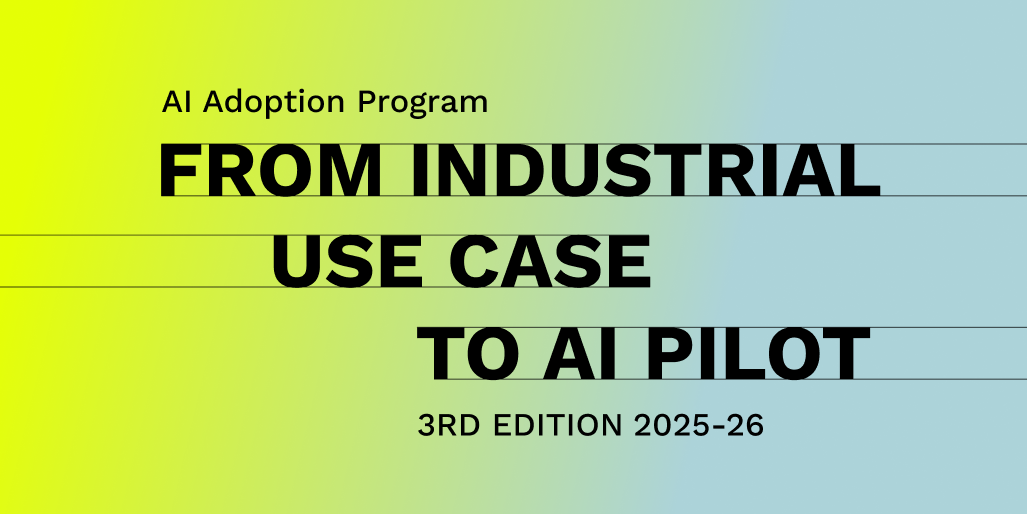Interview with Anna Casals, director of innovation at Celsa Group
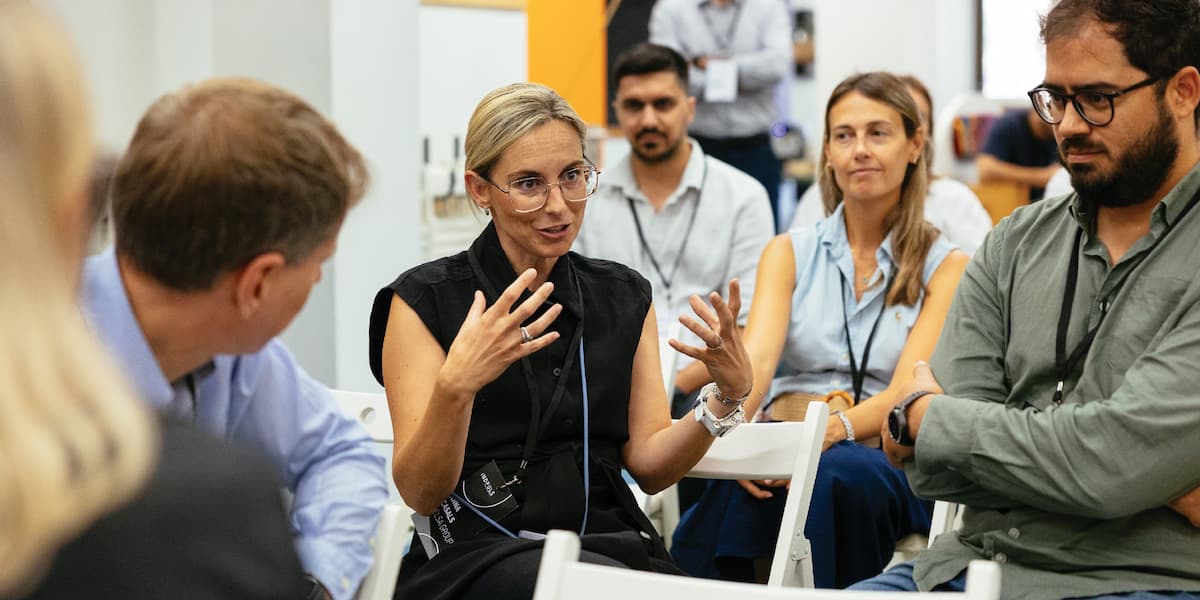
“We should challenge the current state of the world, and to do so, we need to think and act differently.” We speak with Anna Casals, Director of Innovation at Celsa Group in Spain and France, in a new INDPULSTALKS (Interview series with the INDPULS community) about collaborative innovation and the future of the industrial ecosystem.
Celsa Group is a leading European company in sustainable steel production, using recycled materials. The company’s evolution is based on innovation, commitment to customers, and respect for the environment. In this regard, Celsa Group has developed an innovative circular and low-emission production system.
Innovation means contributing to the world from the moment we wake up until we go to bed, first at an individual level and then at a community level, in both personal and professional spheres. Innovating in the small things of daily life is being part of a wave that can potentially change everything.
Anna Casals has been the Director of Innovation in Spain and France for over five years. From the innovation department, they have recognized the importance of technological disruption and have led the introduction of innovative technologies to achieve business excellence and remain among the world’s most important steel companies.
Below, Anna Casals shares her insights on collaborative innovation, the future of Industry 4.0, and her advice on how to apply innovation in our daily lives.
Innovation can have a broad definition that varies depending on the person or entity. What does innovation mean to you?
Stephen Shapiro defines it well in these two ideas:
- Innovation must make a difference by enhancing capabilities and creating positive value for the planet, the economy, and people.
- We should not settle for simply evolving but should challenge the current state of the world. To do so, we need to think and act differently: we need to innovate.
How can innovation be applied in your daily life and in your work/company?
Some people seek a better world and life… others create it. Innovation means contributing to the world from the moment we wake up until we go to bed, first at an individual level and then at a community level, in both personal and professional spheres. Innovating in small daily things is being part of a wave that can potentially change everything. On an individual level, we can develop our innovative mindset by setting new goals and challenges, being eager to learn new things (for example, making use of idle moments during the day or commuting on public transport between home and work), developing the habit of noting down ideas or interesting things that come to mind or that we have read, and being willing to experiment without fear of failure (learning from mistakes), among other things.

In the workplace, we must recognize that innovation without intention is meaningless. We must innovate and flood the company with a culture and actions that enable us to achieve our business objectives while positively impacting the planet and people.Innovation should not just aim to create the best company in the world but the best company for the world.
We can foster innovation by securing management support and embedding it throughout the company through:
- Creating conditions to foster a culture of innovation, inspiration, ecosystem positioning, collaboration, and knowledge transfer.
- Driving innovation and R&D projects.
- Supporting intangible assets.
- Seeking financial resources to implement these initiatives and innovative projects.
Why do you think collaborative innovation is important?
The time when “one person did it all” is over. The challenges we face are so complex that we can only ensure success through collaboration, where a mix of talents, disciplines, and stakeholders come together, breaking barriers to co-create and co-develop sustainable solutions that benefit everyone. The competitive advantage lies in the ability to collaborate, generate, and support work ecosystems and collaborative projects.
Collaborative innovation allows us to connect and complement technological capabilities within the ecosystem and identify talent—something no technology can replace. We must promote, develop, and retain human talent by investing in training and education, as innovation requires knowledge and specialization.
How should innovation be structured to create impact?
Innovation must be a key instrument to generate impact. Impact is the goal, and innovation is the means to achieve it. Innovation should emerge as a response to impact needs and should honestly build a more sustainable future.
Innovation must be open, agile, and flexible to enable transformation and successful innovation, with collaboration being crucial. For example, CELSA is implementing a successful Innovation Model that serves as the foundation of its business strategy, positioning it as a key player in a historically traditional sector. This model centers around the Innovation Unit, which acts as a governing body and a bridge between the technological ecosystem and business units.
It stands out for fostering a strategic positioning and an open innovation approach with stakeholders, essential for testing innovative initiatives and implementing R&D projects for decarbonization and achieving a more circular and operationally efficient industry. Many of these projects, often disruptive and with high scientific and technical risk, have emerged from the technological capabilities of this collaborative ecosystem, including companies, startups, technology centers, and universities, as well as participation in hubs and platforms.
What do you imagine for the future of the industrial ecosystem?
I envision an ecosystem where different players are aware of the importance of open innovation, making innovation processes increasingly fluid and impactful.
The future should be a major technological and knowledge hub, increasing public and private investment in innovation and promoting collaboration between governments, businesses, universities, technology centers, startups, and entrepreneurs.
There is an urgent need for the government, research institutions, and the Catalan business sector to work together to promote intensive collaboration policies and initiatives that allow researchers and entrepreneurs to continue their projects and bring them to market. Knowledge transfer and collaboration with businesses should be encouraged, with private companies acting as accelerators for the creation of spin-offs and technology transfer offices.
How should organizations adapt to Industry 4.0?
Organizations must embrace innovation to develop new technologies and cutting-edge projects to lead industrial decarbonization, complete the circular supply chain, and digitize their systems and equipment to be more competitive and energy-efficient, fully committing to Industry 4.0. Digital transformation is key, as it enables us to better understand our processes, identify and eliminate potential sources of error, increase operational efficiency and productivity, and optimize production and logistics. This allows us to dedicate more time to value-added tasks, directly impacting sustainability.
How can innovation contribute to a more sustainable and responsible industry?
To support a more sustainable, circular, and responsible industry, innovation must be pursued with this objective in mind. Innovation is the driving force that ensures future competitiveness and reconfigures existing systems to create new, sustainable, and circular ones. Therefore, we must establish a framework for innovation that fosters sustainability and the circular economy.
What does INDPULS mean to you?
INDPULS is the embodiment of open innovation, generating and supporting work ecosystems and collaborative projects between companies, entrepreneurs, and startups. It enables the identification of opportunities that will foster the creation of new innovative and/or disruptive projects in collaborative spaces for co-creation. It provides a significant advantage by facilitating the connection and interaction between different ecosystem players, helping position the Catalan industrial ecosystem as a leading European innovation hub.
This interview is part of the INDPULSTALKS series, our space for conversation with the INDPULS community, where we address a variety of topics related to the industrial sector, innovation, sustainability, and management, among other relevant areas.
